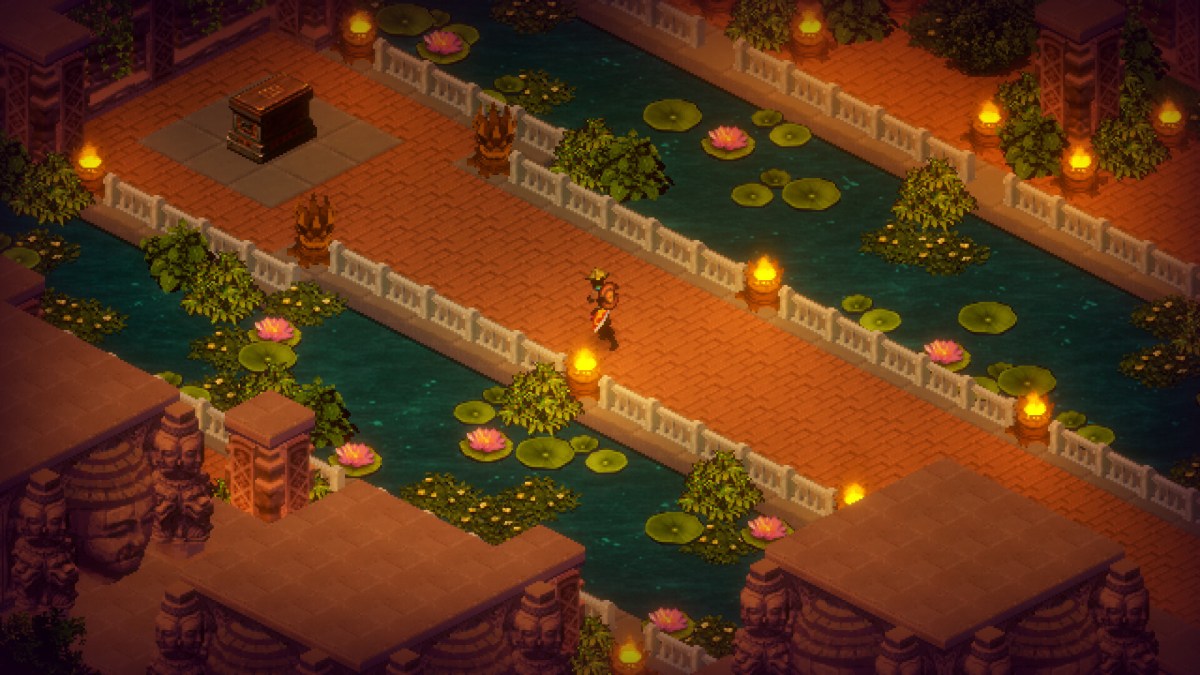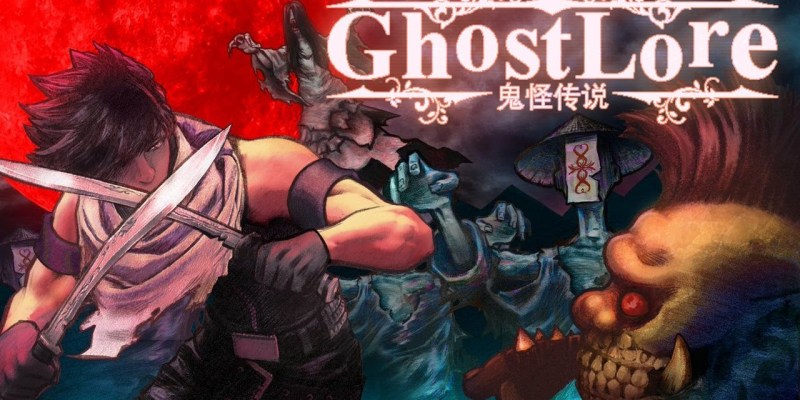After a year of polish as an early-access title, action RPG Ghostlore dropped into Game Pass last month. Built around fighting demons from Southeast Asian folklore, it’s clear that Diablo inspired many of its dungeon-crawling systems. Unconventional setting aside, the game adds to the ARPG genre in ways even Diablo IV hasn’t. Ghostlore nails many of its ambitions, starting from its flexible classes with skill trees that can be combined at higher levels.
While the two-dev team behind Ghostlore hasn’t built skill trees the size of Diablo’s, they make up for it with new abilities for players who pick the right class combos. For instance, while the Feral class lets you turn into a massive weretiger, pairing it with the wizard-esque Geomancer class adds ice attacks to your weretiger form. The melee-focused Adept and the minion-raising Exorcist reshape genre staples while the Hashashin and Sentinel classes play by the books. Picking classes isn’t a permanent decision either, with the game letting you reset classes if you want to shake up your build.

The game’s six classes are closely tied to the myths and legends that surround Seaport, Ghostlore’s take on Singapore. Its bustling streets and recognizable monuments serve as a hub that you visit between missions. You can even bring ingredients to food vendors to get some neat buffs thanks to authentic dishes from the region. Seaport is home to your usual suspects, ranging from weapons dealers to quest givers that send you to faraway islands on missions. These islands feature a wide assortment of monsters and usually end with a boss or two, each with their own quirks and shiny loot.
From summoning crows or a guardian dragon to transforming into a weretiger, Ghostlore has an incredible variety of class-based skills. These classes also have passive skills that can be unlocked as you level up, letting you build your character as you see fit. A Tetris-esque system for optimizing your perks and skills adds even more depth to the tradition of leveling up. Gain enough experience and you’ll open up a slot in one of two boards dedicated to skills and perks respectively. On the skill board, placing skill bonuses is tricky because they affect skills based on how you position them on the board. This extends to the perk system, known as glyphs in Ghostlore.
Glyphs are stat modifiers that you’ll find across the game’s levels. While regular ones offer neat bonuses, compound glyphs radically change how you arrange them. They affect blocks in a certain pattern around them on the board, much like Tetris blocks. Your perk system now becomes a game of Tetris where you try to arrange as many compound glyphs as you can into available slots. Compound glyphs grant special bonuses when ordinary glyphs of a particular type are placed near them, adding even more nuance to the ordeal of optimizing your build.
Meanwhile, combat is a fairly straightforward affair in Ghostlore, with the standard dodge and attack combo the genre has taught us to expect. The game features dozens of indigenous weapon types like the Parang, a Malay machete, and twin Kukri blades. Fortunately, these weapons are not tied to classes, meaning that you’ll gain some utility out of any loot you come across. And you’ll need them too because Ghostlore’s enemies are all kinds of deadly.
Straight out of Southeast Asian folklore, I was impressed by the variety of enemies Ghostlore threw at me. Some of them were particularly terrifying like a floating head with its guts trailing on the ground and a ghost in a white gown living in a cursed banana tree. While they might not seem like threats because of Ghostlore’s pixel aesthetic, their screams were enough to unsettle me. The game tends to overwhelm you with hordes more than near-invincible enemies until you get to its bosses. This is where Ghostlore’s flexible classes shine, letting you mow through monsters of all kinds with skill choices that feel like they matter.
With Diablo IV on the horizon, Ghostlore is a great way to hone your dungeon-crawling for Lilith’s arrival.
